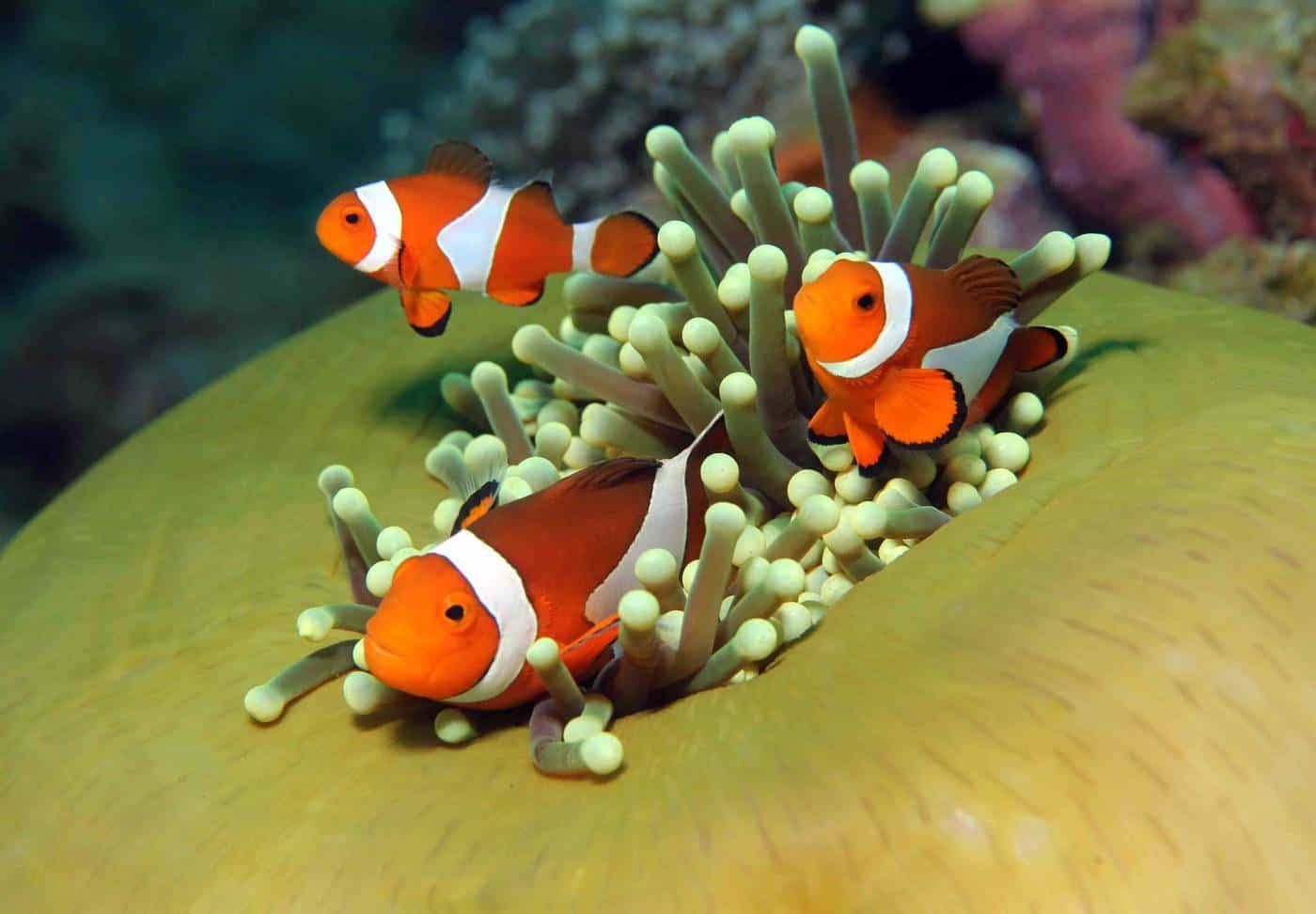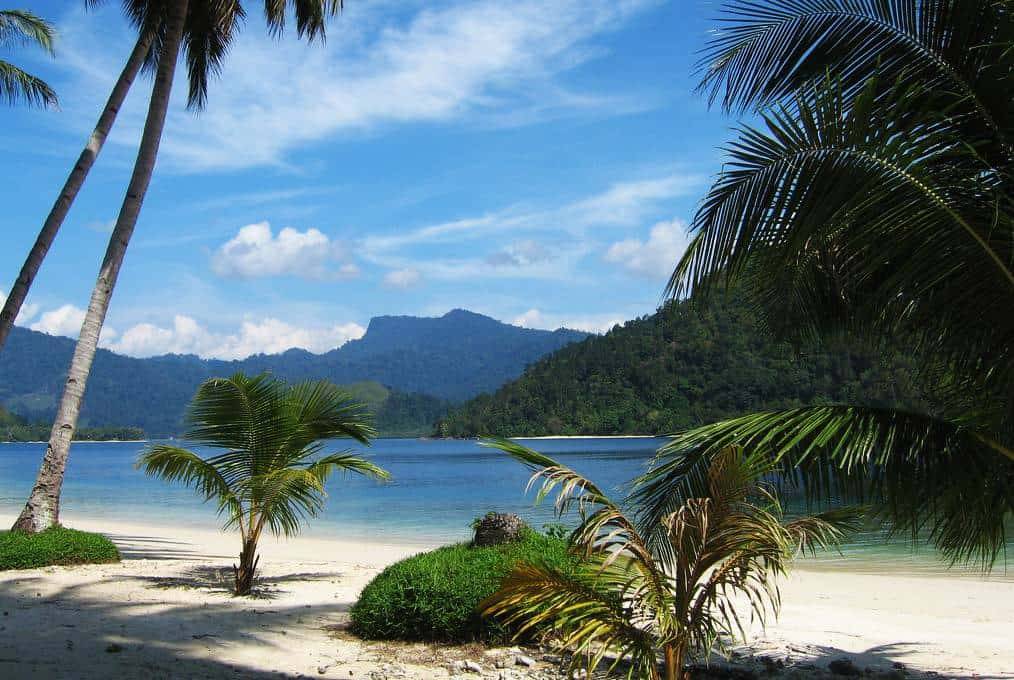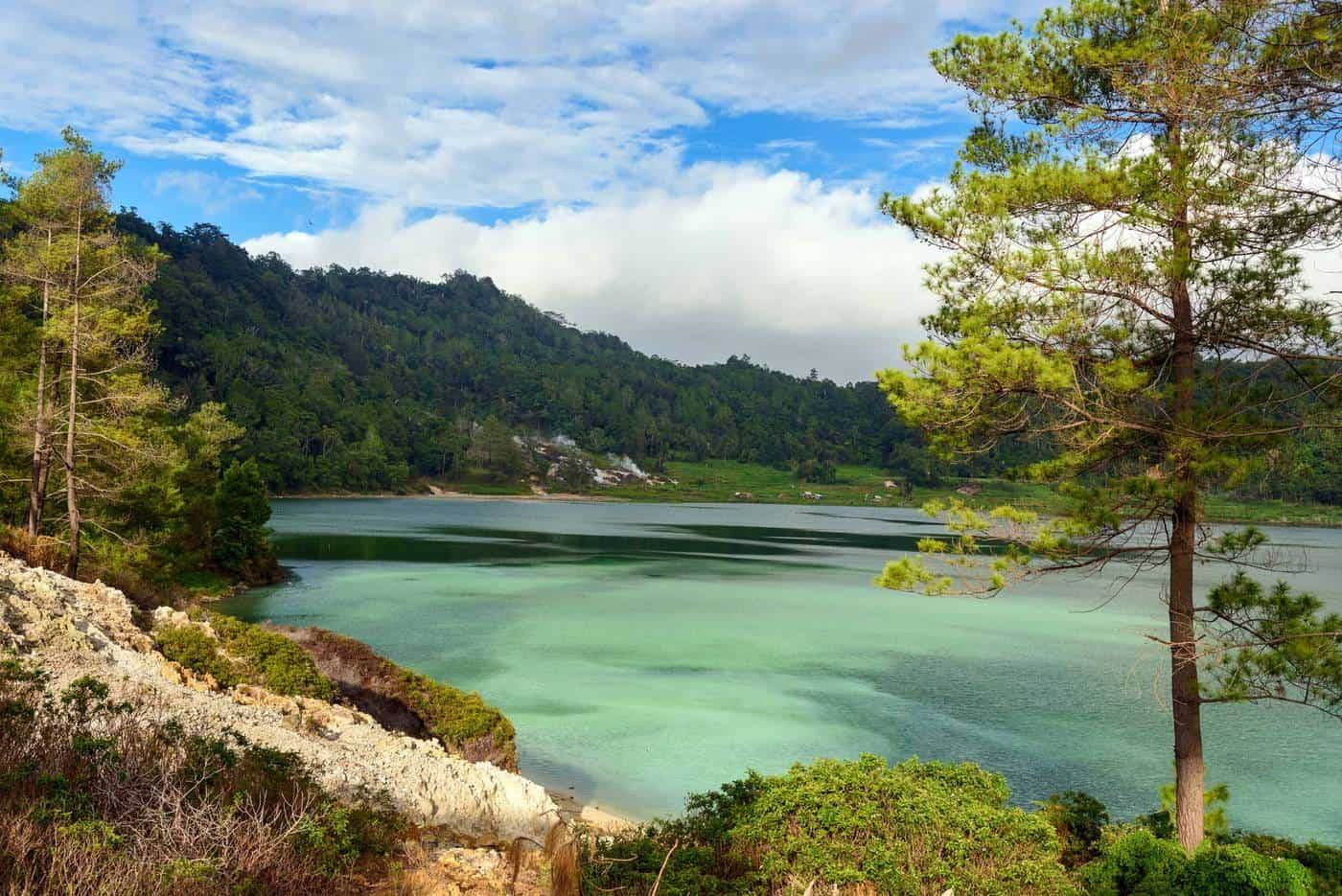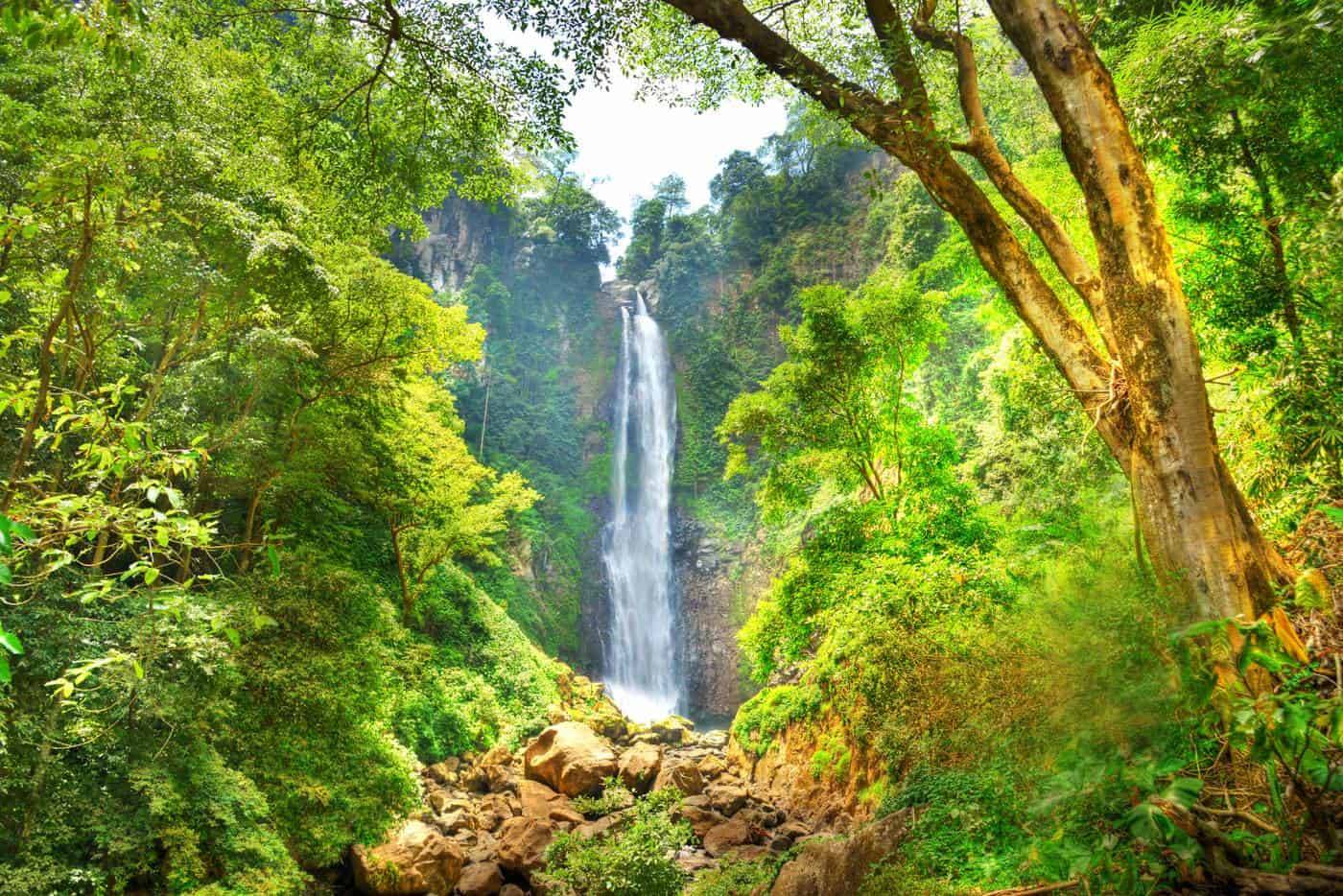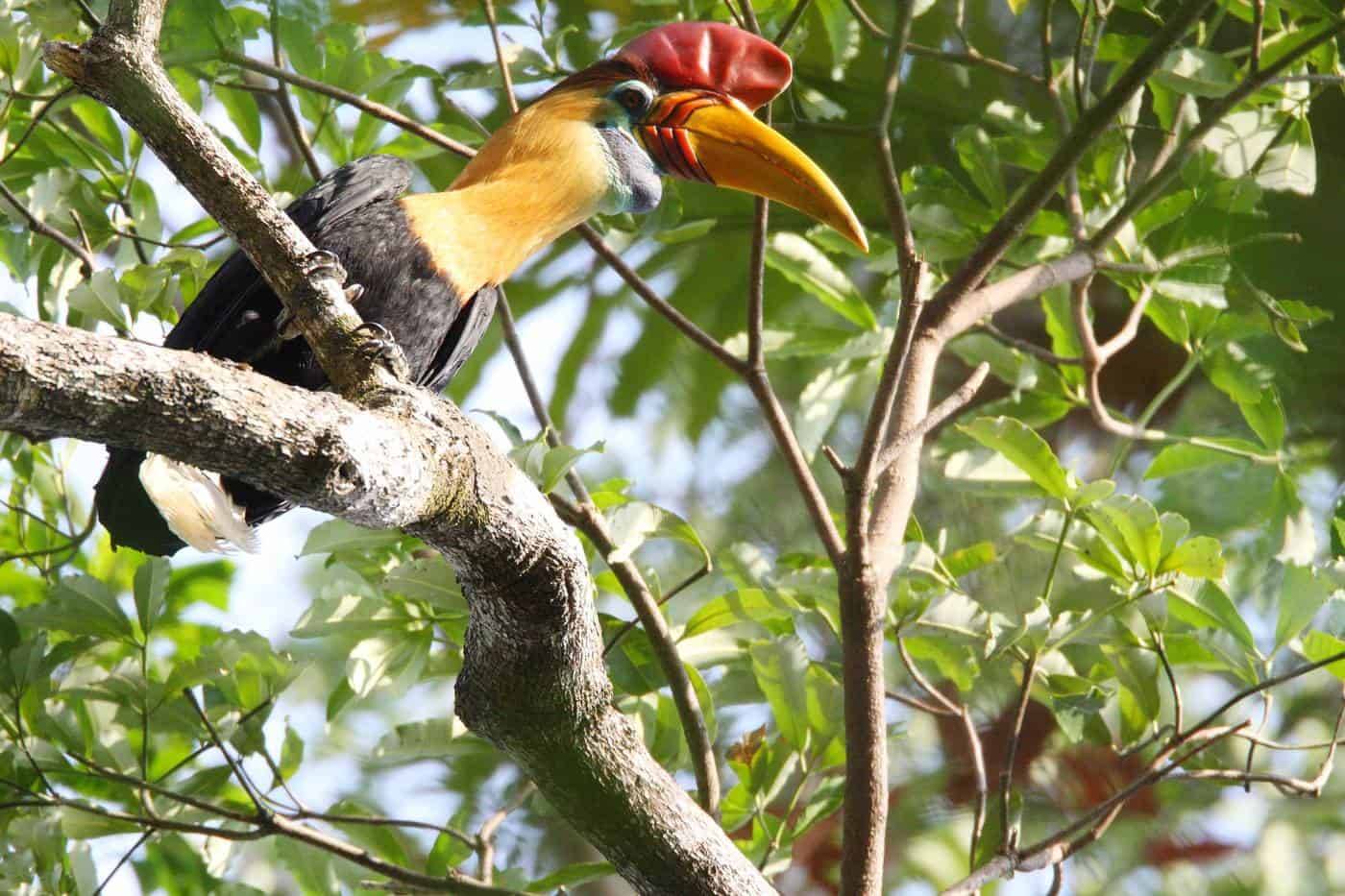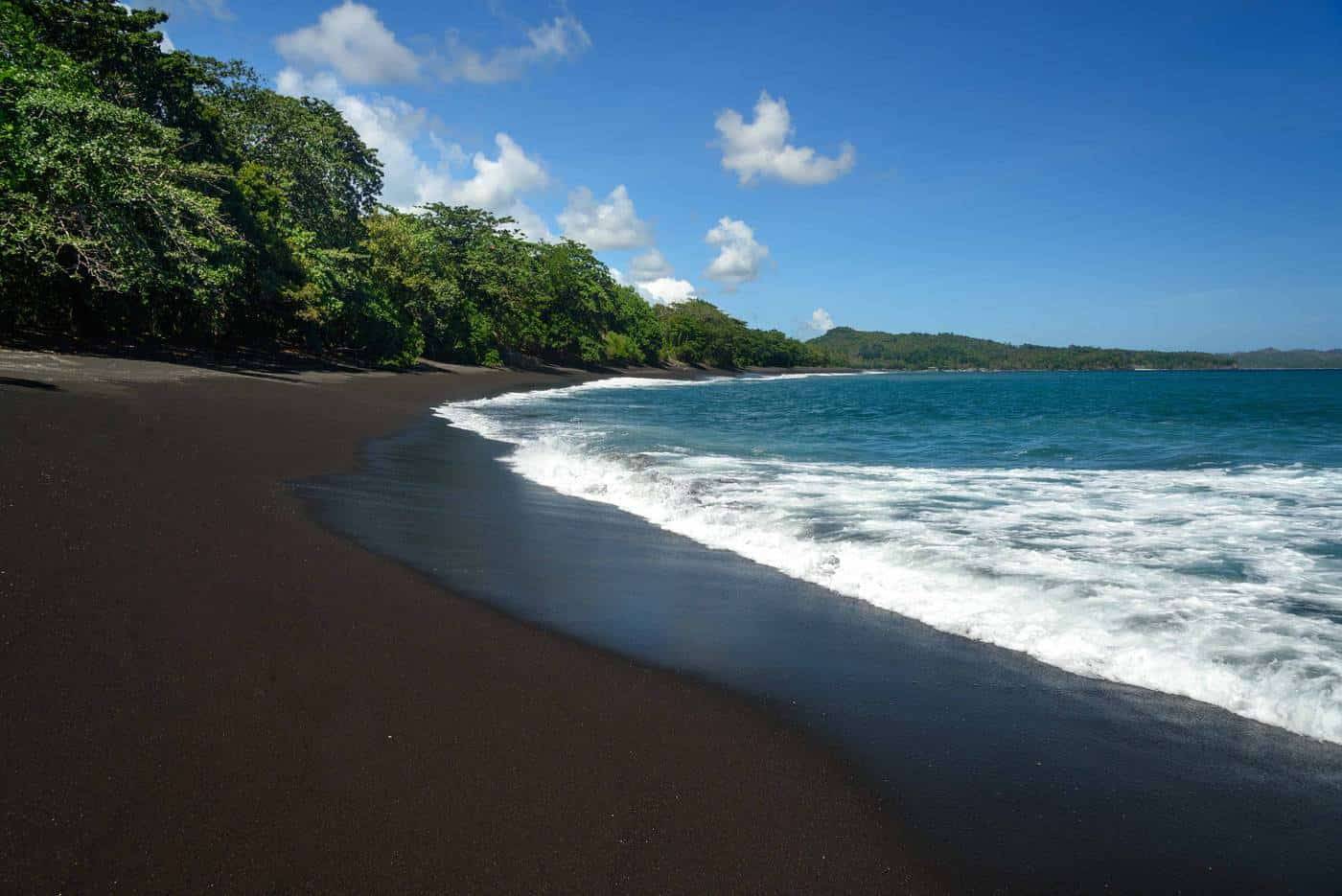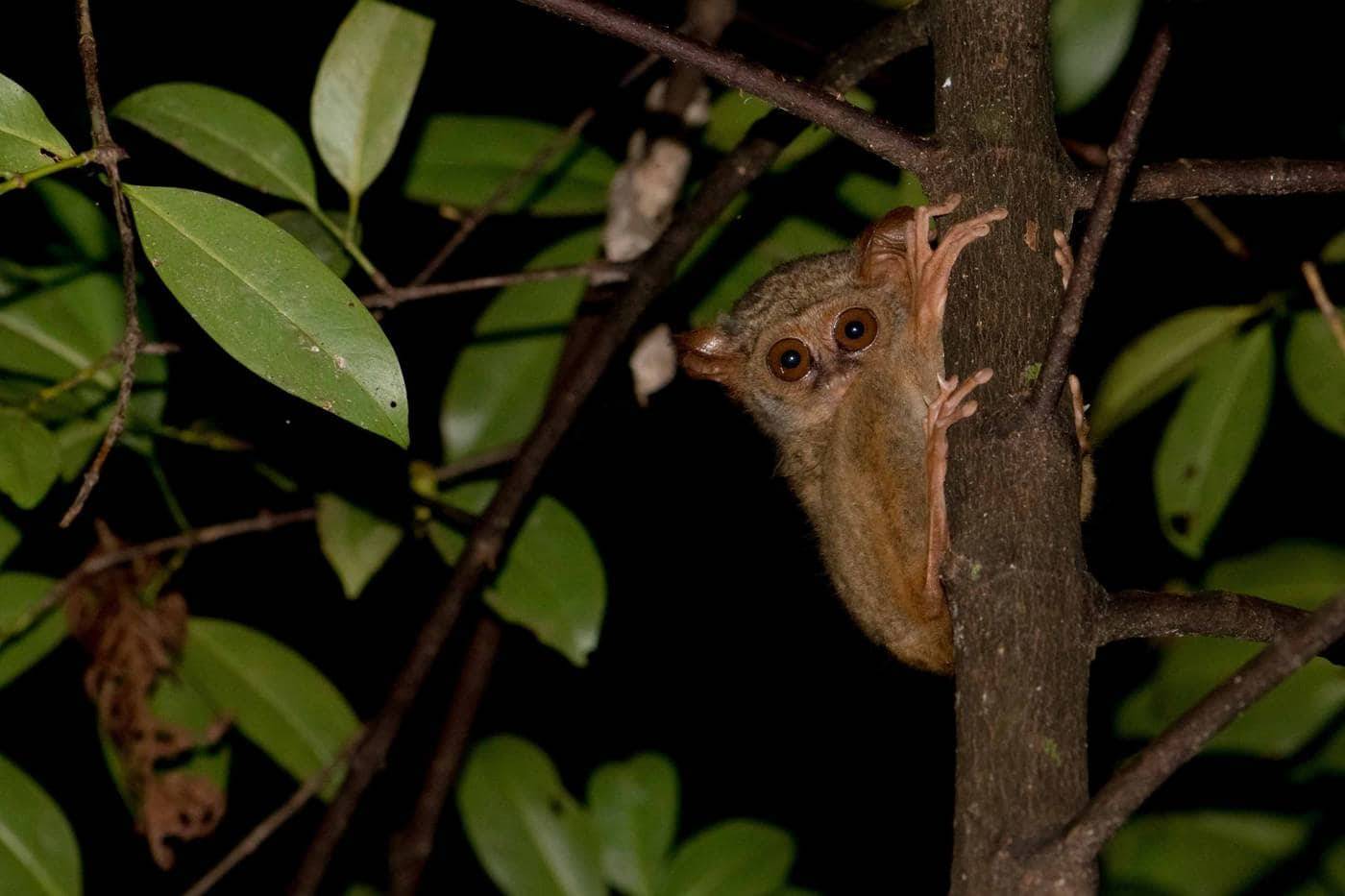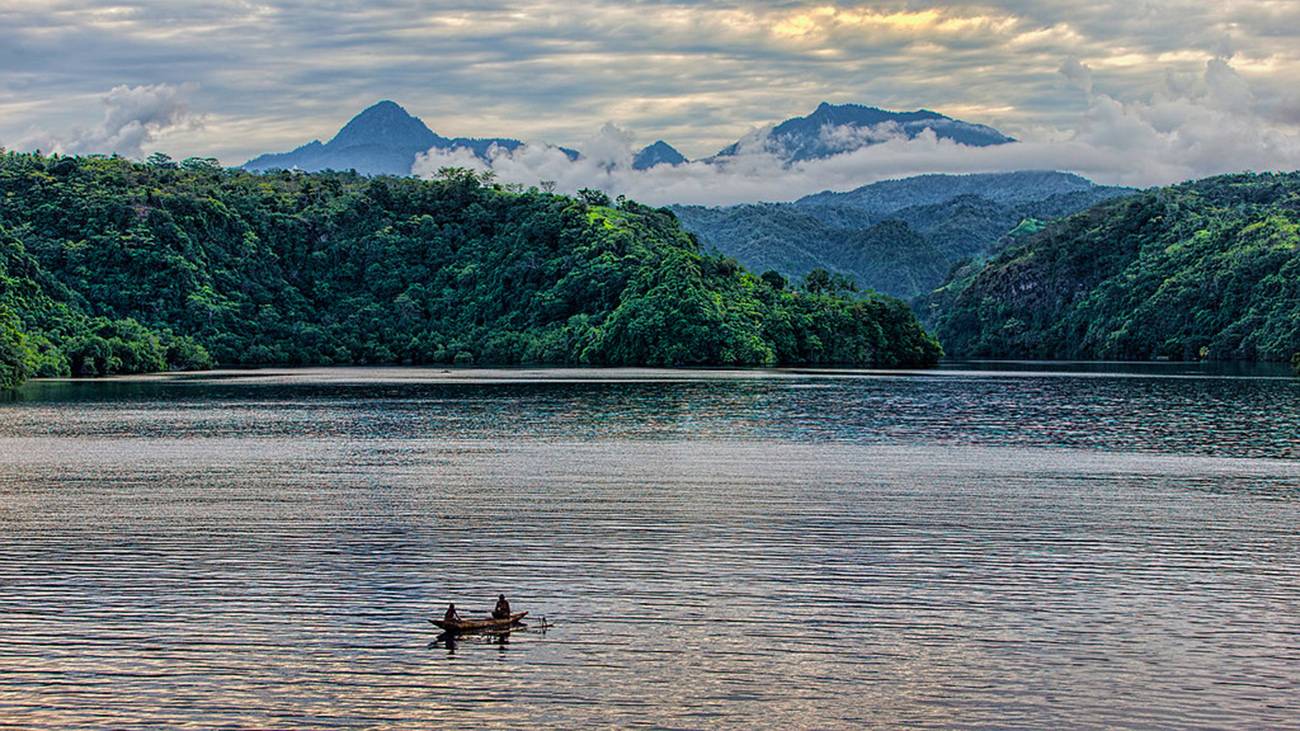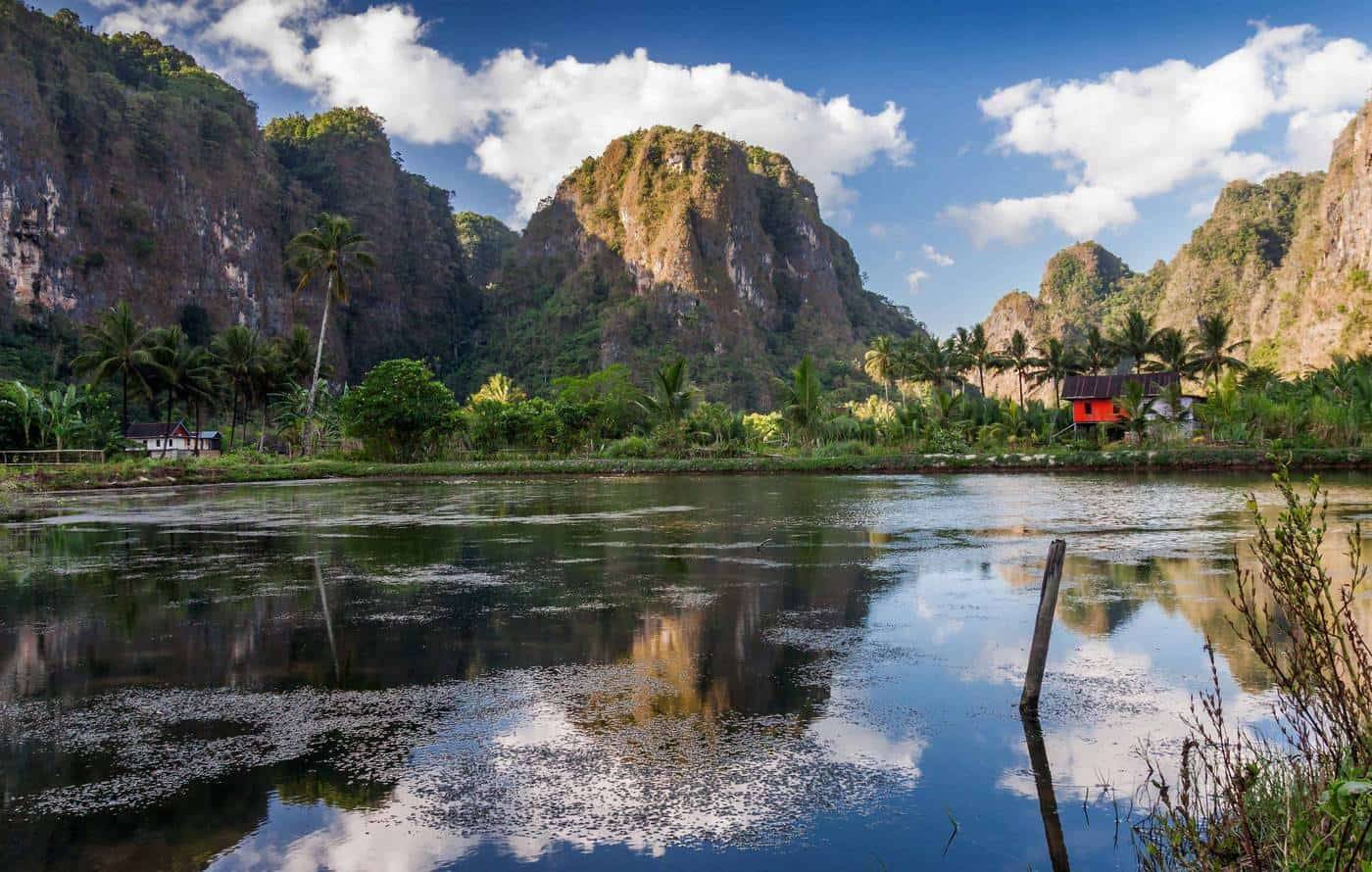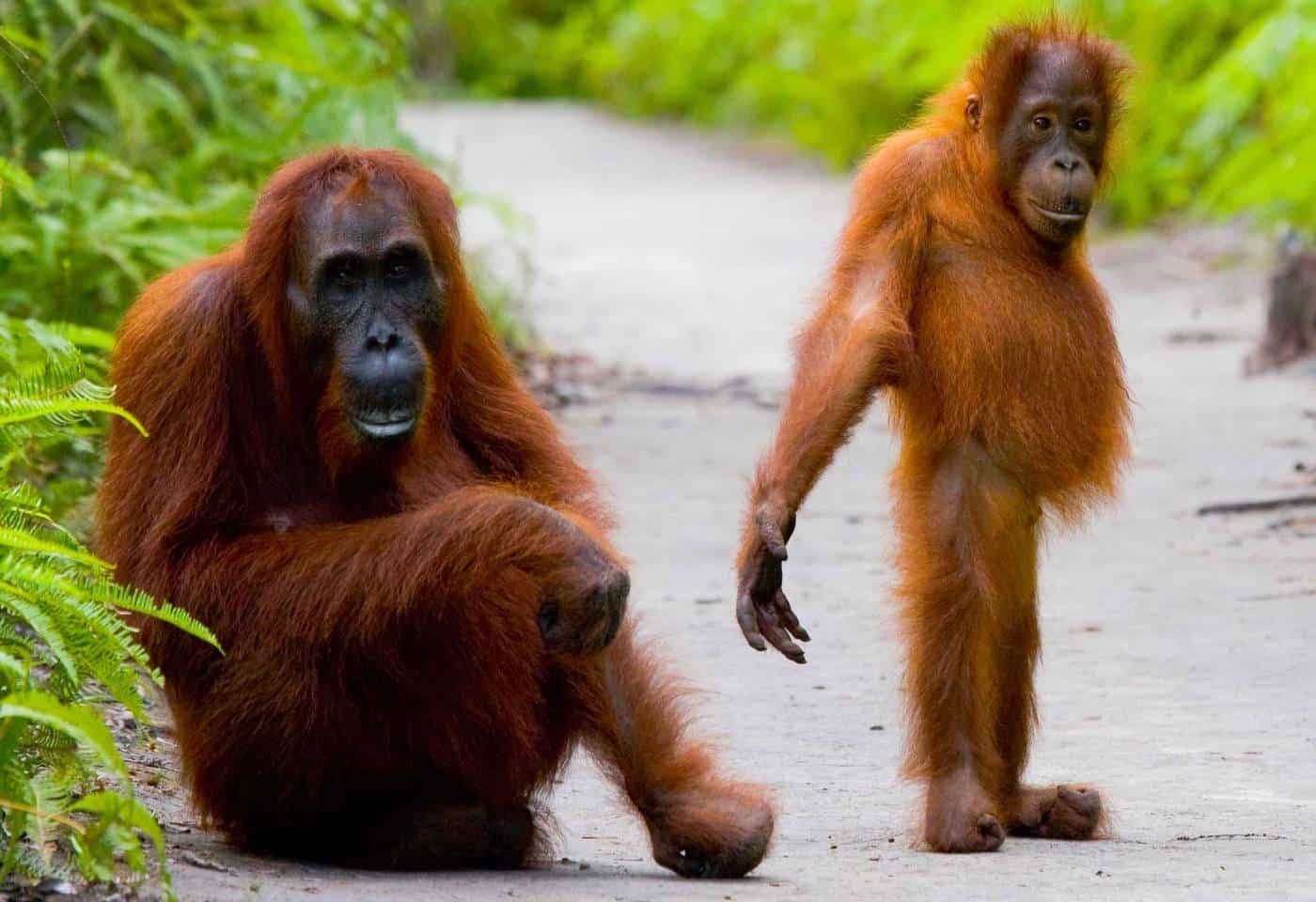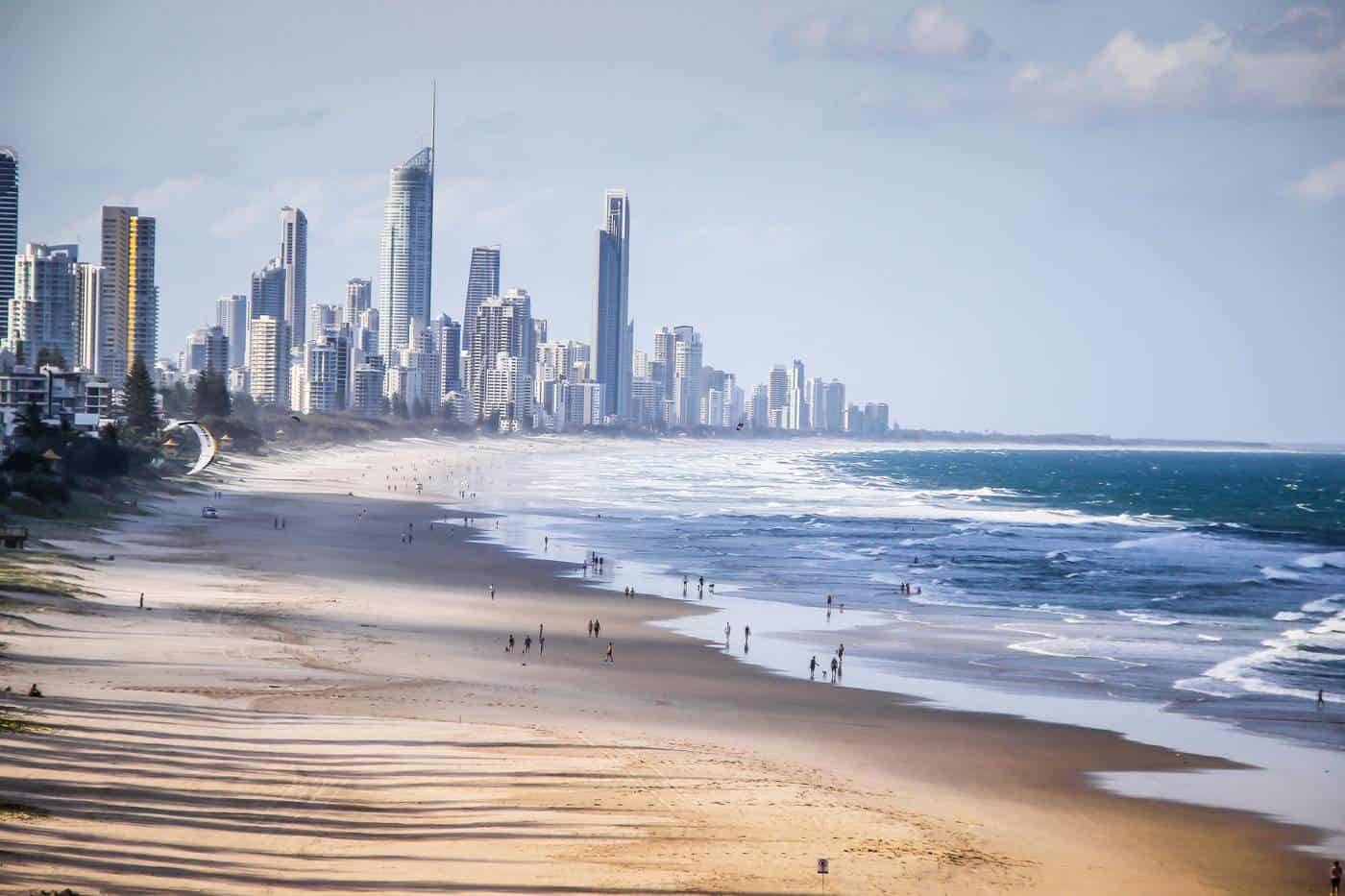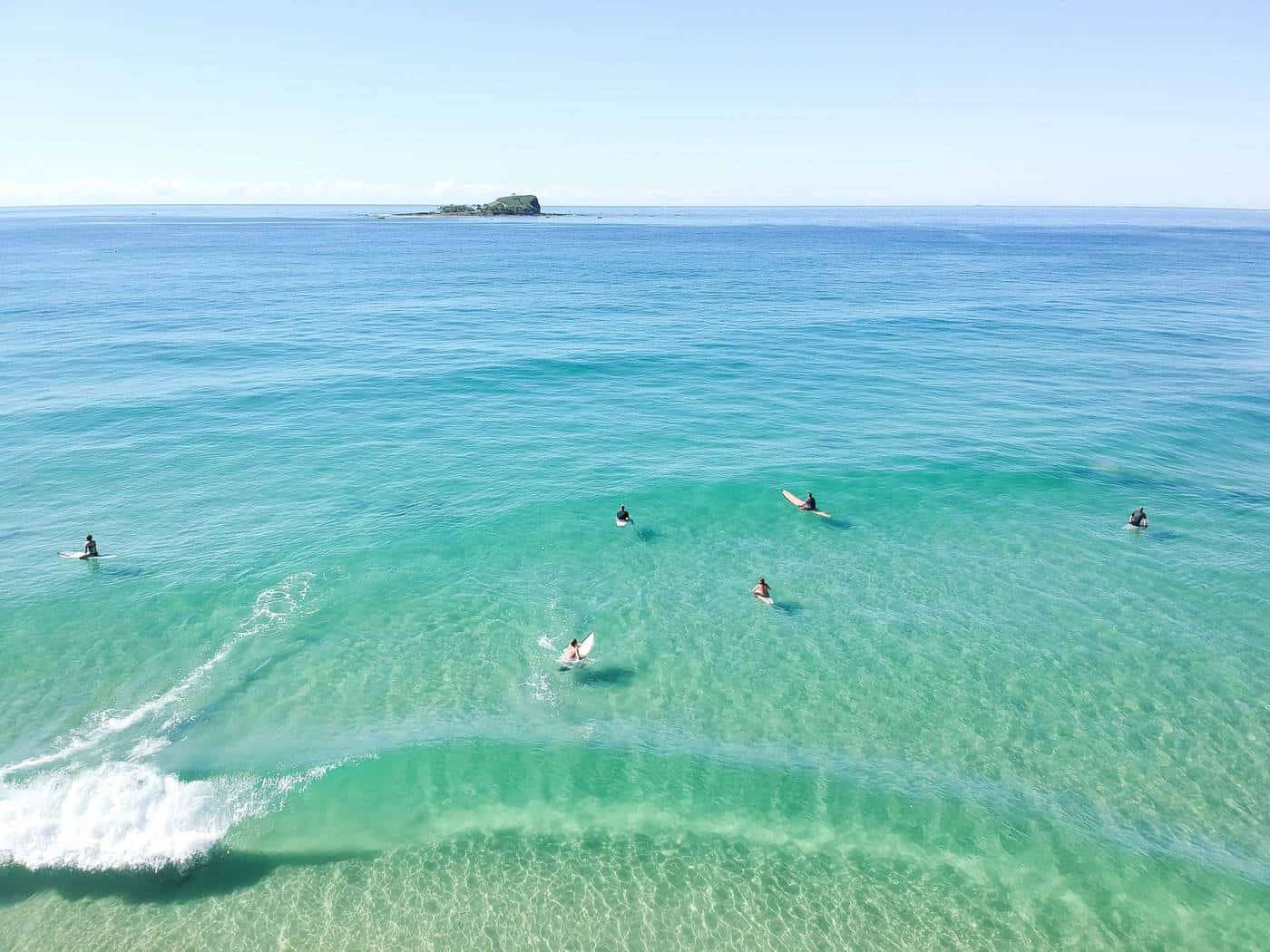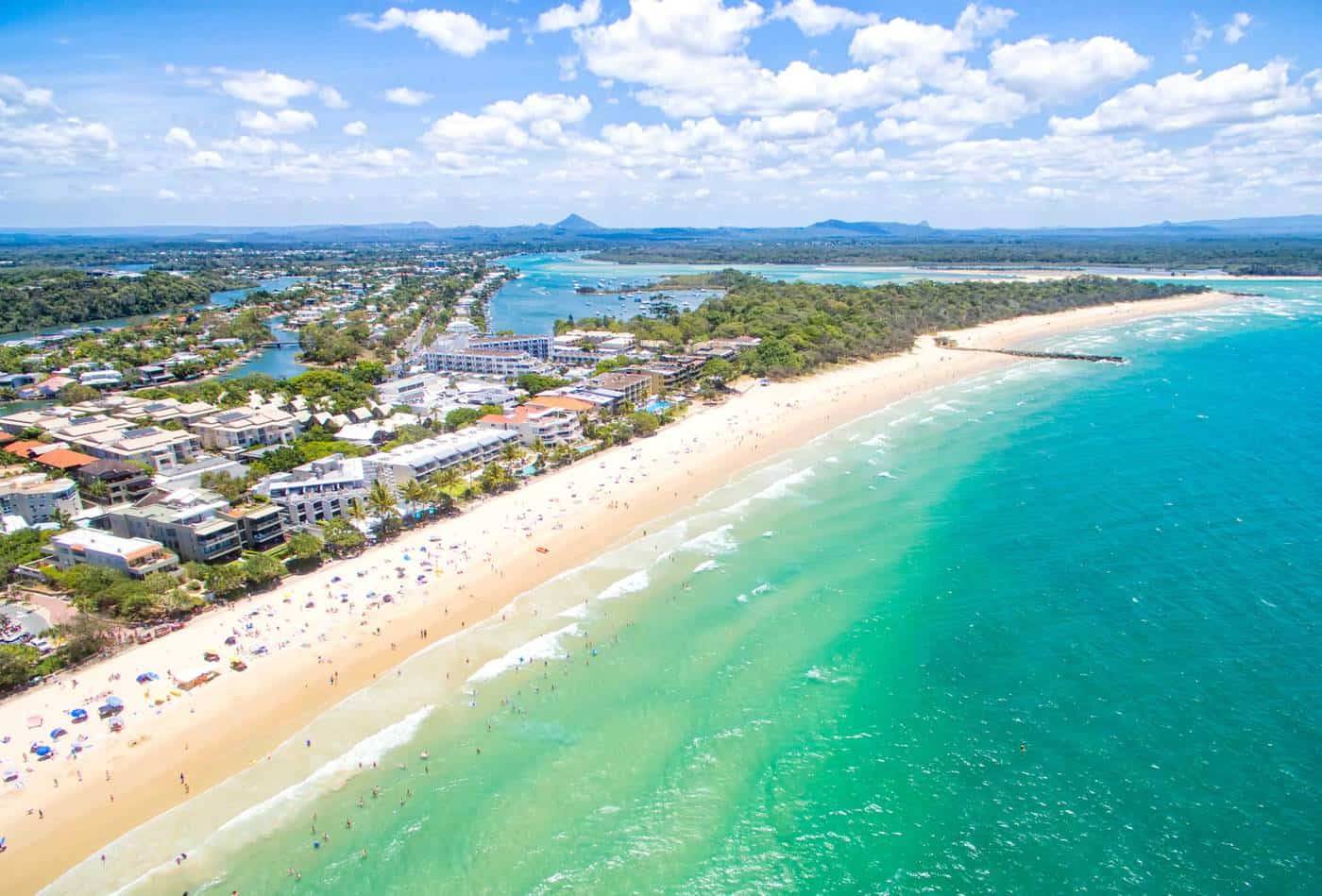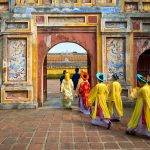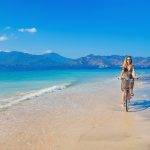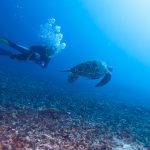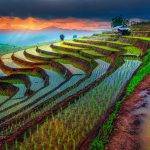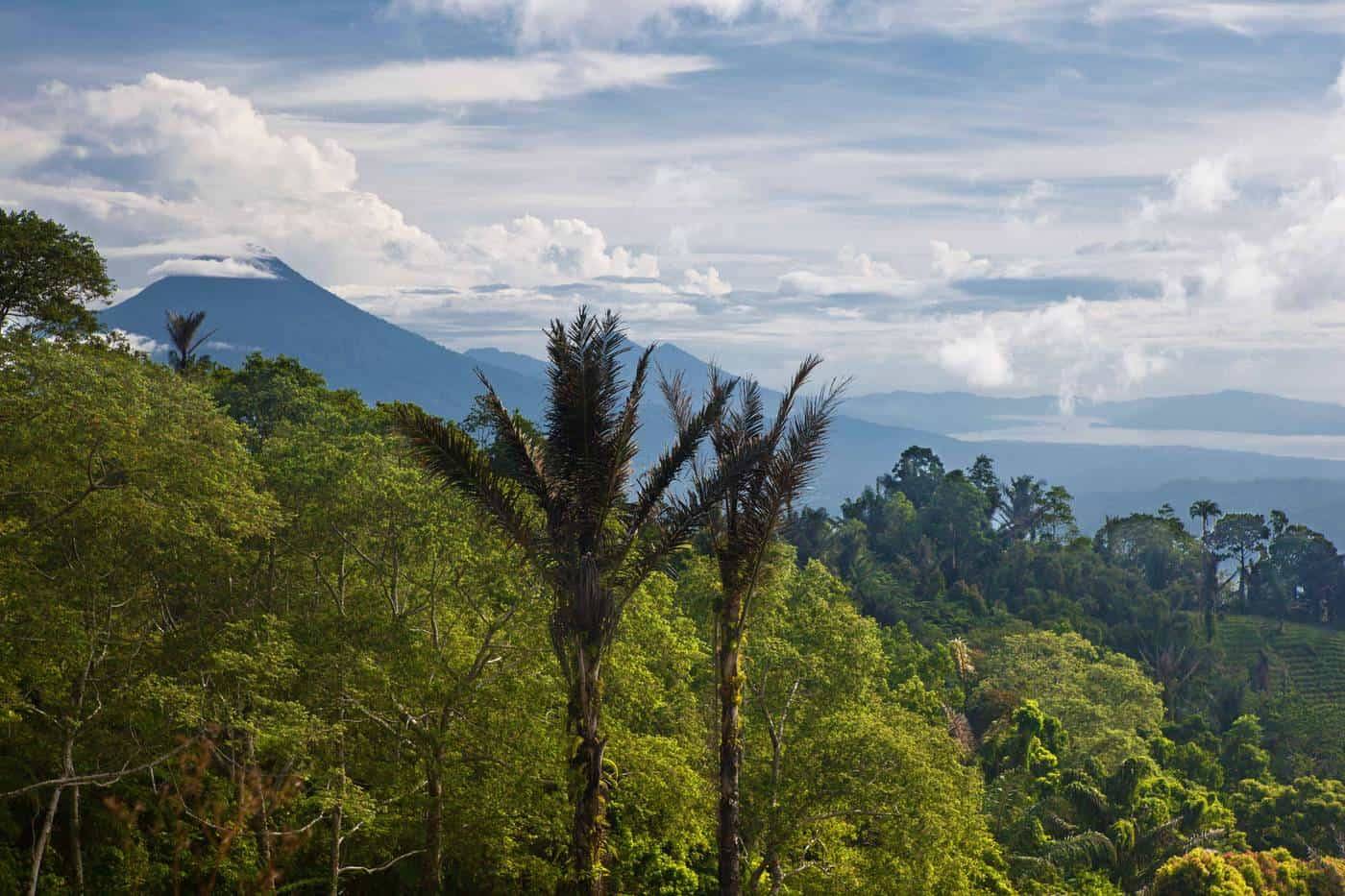
NORTH SULAWESI – NATURE` MAJESTY
SULAWESI`S BEGUILING HISTORY
There is much of violent history behind the pristine beauty, though; when the Portuguese arrived in Manado in 1521, they were mesmerised by the exotic spices they had discovered. Then the Spaniards were not satisfied enough to occupy the Philippines, and for its close distance, the Minahasa Peninsula started to be colonised. The Dutch quickly realised they wanted to grab their piece too, and after defeating Spain, Sulawesi became part of the great Dutch East India.
This long period saw empires founded and fortunes made, sadly the glory was based on brutal conquests, piracy and greed.
The beauty of the Indonesian islands was extraordinary already back then, and the spice trade blossomed for decades. It took the country centuries to gain independence and only in 1964 the Northern Sulawesi province was formed.
The colonial heritage is still obvious, and the north of Sulawesi is a province where the Dutch influence is stronger than anywhere else in Indonesia; the Dutch language is still spoken among the older generation, and the wealthier families send their children to study in Holland.
Today, the scent of nutmeg, clove and cinnamon is not anymore what charms the Westerners; it is the genuine spirit of the country that is finally given full credit. Readily accessible and easy to explore, the North Sulawesi is the most travelled region on the island.
MANADO CITY
Known as the ‘World`s Coral Capital’, the province’s chief city is the second largest city in Sulawesi, with verdant mountains in the background. Before Europeans arrived, the area was under the rule of the Sultan of Ternate, what explains the importance of Islam among many Manado`s inhabitants.
Today, Manado is a cosmopolitan place; there are Muslims, Chinese and even Hindus living together, albeit the predominant religion is Christianity.
Having an international airport, Manado is an easy destination and the base from which to explore most of the attractions, including the Bunaken Marine Park, the nearby Lake Tondano, Lake Linow, Klabat and Mahawu volcanoes and the historic sites of Bukit Kasih and Watu Pinabetengan.
From nostalgic sightseeing to dazzling festivals and overwhelming markets, there is much to encounter in Manado. Unlike Makassar, one will likely want to linger rather than running away.
The city itself is a friendly and prosperous place with an evident Dutch influence. The iconic Sam Ratulangi Street is filled with religious buildings and objects while the Wakeke Street boosts goodies. Indeed, Manado is the cultural and culinary hub of Sulawesi.
However, be aware that the local foods are not always related to the otherwise popular Dutch goodies: the extreme local gastronomy often includes rats, bats, dogs, cats, frogs and snakes.
ESSENTIAL EXPERIENCES IN MANADO
- Ratulangi Street – religious buildings and objects
- Ban Hin Kiong Temple – try to visit the temple during the Chinese New Year celebration
- Jesus Blessesin Citraland – a must see is Asia’s 2nd tallest and the world’s 4th tallest statue of Christ and the world`s first statue in the flying posture
- Wakeke Street – the best spot to sample the spicy Manadonese gastronomy: try ‘tinutuan/bubur Manado’ (local porridge) or the local ‘’extreme culinary” meals – grilled, cooked, diced or whole – there are cats, rats, bats, dogs, frogs and snakes on the menu
- Manado Boulevard Carnival – Manado`s annual Fashion Show and a celebration of the city`s birthday (middle July)
MANADO BAY
Surrounded by volcanic peaks, Manado Bay serves as the gateway to North Sulawesi, particularly for those diving at the Islands of Bunaken, Lembeh and Bangka but also the outlying Sangihe Archipelago. A series of islands, isles and islets is considered to offer some of the best conditions on Earth for underwater activities.
Bunaken Islands have the most attractive diving locations, including the islands of Bunaken, Manado Tua, Mantehage, Nain and Siladen. Further north, Bangka Island attracts with surreal beaches, pristine nature and world-class diving sites. Lembeh Island is renowned for muck diving and underwater macro photography.
None of these three destinations will be cheap, that is for sure, but there is a wonderful alternative for the budget travellers and adventurer seekers who don`t mind getting out of their comfort zone – the isolated Sangihe-Talaud Archipelago.
With staggering volcanic scenery and powdery-soft stretches, it is a perfect beach escape that provides excellent snorkelling locations, dolphin watching, fishing, sunbaking, beachcombing, jungle trekking, swimming and volcano climbing opportunities.
The local rainforest boosts palm, sago, woka, silar, coconut and coastal mangroves while fauna features the endangered Celebes crested macaque, Timor Deer, Sulawesi Bear Cuscus and many exotic birds.
MINAHASAN CENTRAL HIGHLANDS (TOMOHON)
The prime point of interest inland is just an hour away from Manado – Danau Tondano. The Tondano Lake`s picturesque setting and pleasant atmosphere add on its charm, and there is even a tree house you can climb to enjoy the views from atop.
The nearby Tomohon area is renowned for eco-tourism, agro-tourism, indigenous tribes and a flower festival. It a good base for those who are planning on climbing Mount Lokon & Mount Empung twin volcanoes or rafting the Nimanga River.
Danau Linau is another pretty and quite a particular lake. Due to a high sulfur level, the visitors can observe shades of yellow, green, blue, red and orange and the colour intensity changes according to sunlight.
are other natural attractions around, e.g. waterfalls, nature reserves, wildlife, volcano craters, traditional villages and splendid beaches.
ESSENTIAL EXPERIENCES AROUND TOMOHON
- Tomohon Flower Festival – the annual fiesta and a radiant flower-parade includes the Cap Gomeh (Buddhist Chinese ritual), it usually takes place in the dry season (Jun-Aug)
- Urongo Tree House – 6 wooden platforms attached to the trees that overlook Lake Tondano, you can climb the tree and see the panorama from a bird’s perspective (access from Lake Tondano)
- Mt Lokon (1580 m) – fairly easy climb with stunning views to the Tompaluan crater (1100 m)
- Woloan Village – eco-tourism, traditional Minahasa wooden cottages where you can stay in the highlands
- Danau Linow – pay a visit to the three-coloured lake and watch how the shades of green and blue are changing according to the sunlight intensity
- Bukit Kasih– climb the 2435 stairs to get up to the top of the ‘Hill of Tolerance’ to see an amazing view of nature (Bukit Kasih is a sacred place for the Minahasa tribe), and there are natural hot springs around this area (access from Kawangkoan)
- Watu Pinabetengan – not far from Bukit Kasih there is a sacred animism site, the megalithic stone is situated in Pinabetengan Village
- Timbukar – Nimanga River is a popular rafting location (all grades)
- Mt Mahawu – a fantastic and easy volcano trek to the crater`s edge, view to the steaming crater lake and sulfur pools, don`t miss out on the sacred site of Bukit Doa and Pagoda Vihara Ekayana
- Tunan Waterfall – easily accessible via a short path along the river, good for photography and birdlife spotting
- Manembo-Nembo Nature Reserve – a large wildlife reserve and one of the last primary rainforests in Sulawesi with clear rivers and abundant flora and fauna (crested black macaque, tarsier, cuscus, woodpecker, hornbill, kingfisher, etc.), there are no official tours to the jungle area but you can ask at your guesthouse for a private guide (access from Tanahwangko or Tumpaan)
- Plantain Lagban & Mahembang – absolutely remote but marvellous vistas
- Modoinding Valley – a favourite agro-tourism place, vast organic farms (vegetables, spices), farm stays and homesteads are a must-do! Moat Lake is the scenic highlight – a serene place to linger with Gunung Ambang in the background, traditional Minahasan cottages
BITUNG
Gorgeous setting but too many factories, the coastal city of Bitung is covered with industry. It is not exactly a town to pause at. However, being the gateway to numerous attractive destinations, Bitung cannot be avoided.
Fans of macro-photography and muck diving will want to catch a boat to the Lembeh Strait and Lembeh Island, and all nature lovers typically head straight to the jungles of Tangkoko Batungus National Park where eco-tourism, jungle trekking and rare wildlife are the at their best.
TANGKOKO-BATUANGUS NATIONAL PARK
In the depths of the rainforest, the animal life is bountiful and often remarkable, including rare monkeys, deer-pigs and the world’s smallest primate – tarsier.
Tangkoko Batuangus Nature Reserve protects more than 130 mammals, 230 birds and 100 reptiles, many of which are critically endangered or close to extinction, e.g. the Celebes crested macaque (the last 5,500 remaining animals in Sulawesi), maleo, spectral tarsier, babirusa, cuscus, kingfisher and the knobbed hornbill. The reserve was established in 1919, yet it is still extremely fragile.
ESSENTIAL EXPERIENCES AROUND BITUNG
- Mount Klabat (1995 m) – climb the highest volcano on Sulawesi island and discover its wide, shallow crater lake at the summit
- Lembeh Island – renowned for muck diving and underwater macro photography
- Batu Putih Nature Reserve – a natural paradise combining white sandy beaches and coastal rainforest, if lucky you can spot the Celebes crested macaque, spectral tarsier knobbed hornbill or kingfisher
- Batuangus Nature Reserve – not far from Batu Putih, the park is popular with hikers, from the peak of Batuangus Mount (500 m) you can see Bitung
TRAVEL TIP
Tourism is very well-developed in the Tangkoko Batuangus Nature Reserve, and there are various operators that offer safari & trekking tours, and there is even an option to hire a private guide (there is no access to the reserve without booking a tour or hiring a local ranger/guide). You might need a pair of binoculars and good shoes if trekking through the forest. Tarsier – one of the highlights of the reserve – is most active in the afternoon. To get to the reserve catch a bemo in Bitung.
DID YOU KNOW?
Sulawesi is home to 6 extremely rare and endangered species of animals that can be seen nowhere else on earth. For instance, Anoa (something between water buffalo, deer and goat, only 5000 anoas are still in existence), Babirusa (wild deer-pig), Maleo (a peculiar flyless bird that looks more like an exotic cockerel, 10 000 animals left), Kuskus (a marsupial resembling a small bear and it prefers a lazy lifestyle similar to koala), Celebes Black Macaque (the primate is close to extinction due to illegal hunting, sadly it is a very popular bushmeat for the local people, 4000 animals left) and Tarsius Tarsier (one of the world`s smallest primates).
WHEN TO TRAVEL
The dry season runs from May to October, and it is basically the only time roads in Sulawesi become passable.
HOW TO GET THERE
Fly to Manado. Hire a scooter to move around locally or use buses, speed boats and ferry.
For all international flights visit www.momondo.com or www.skyscanner.com
For all domestic flights check out Lion Air, Garuda Indonesia or Sriwijaya Air







